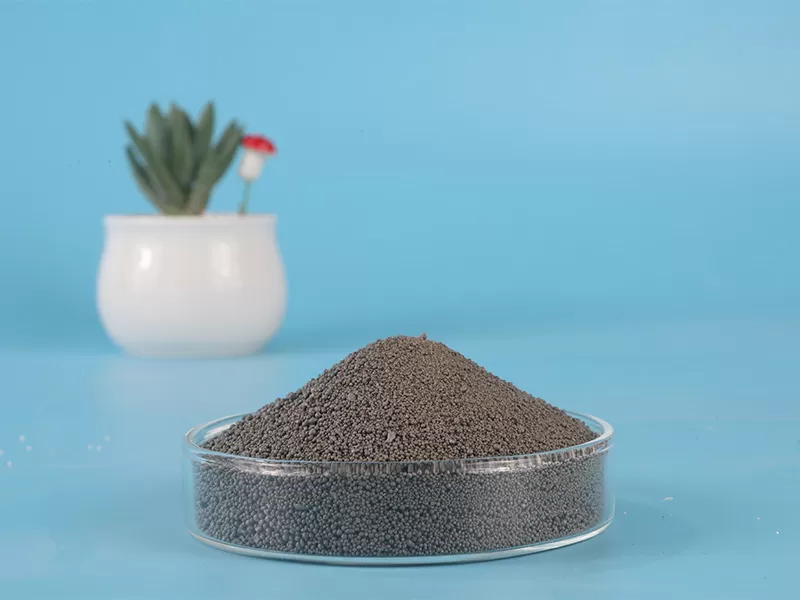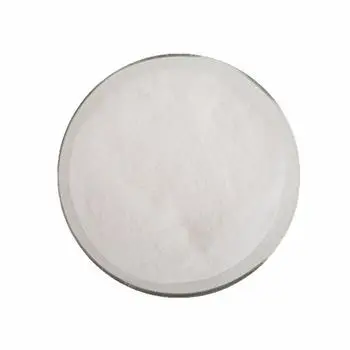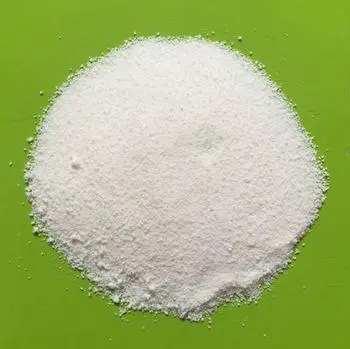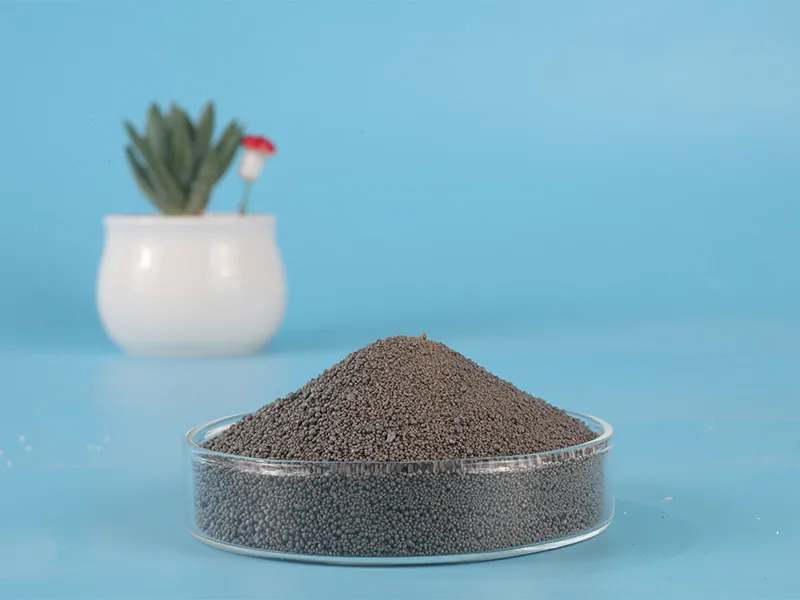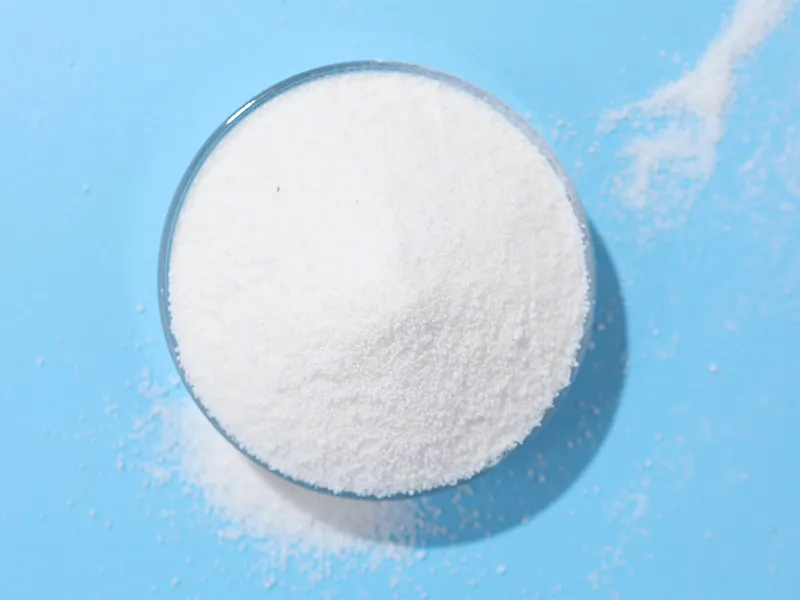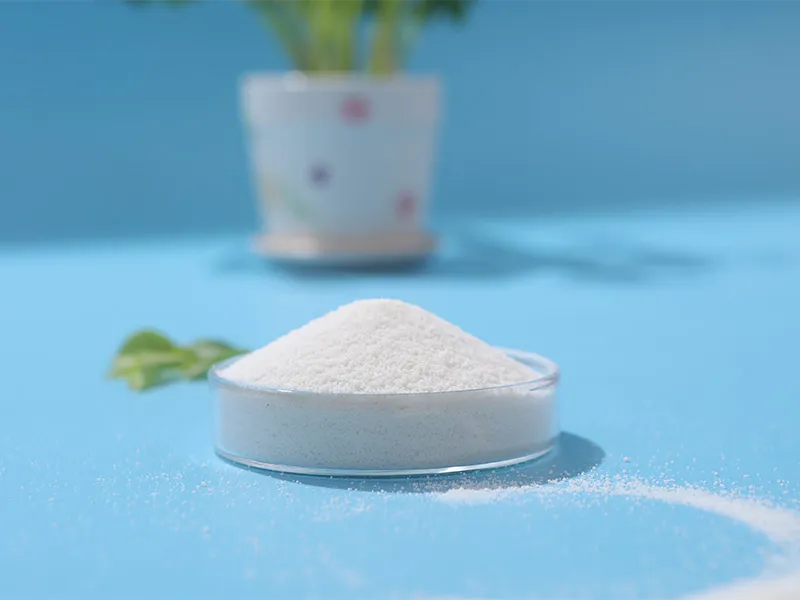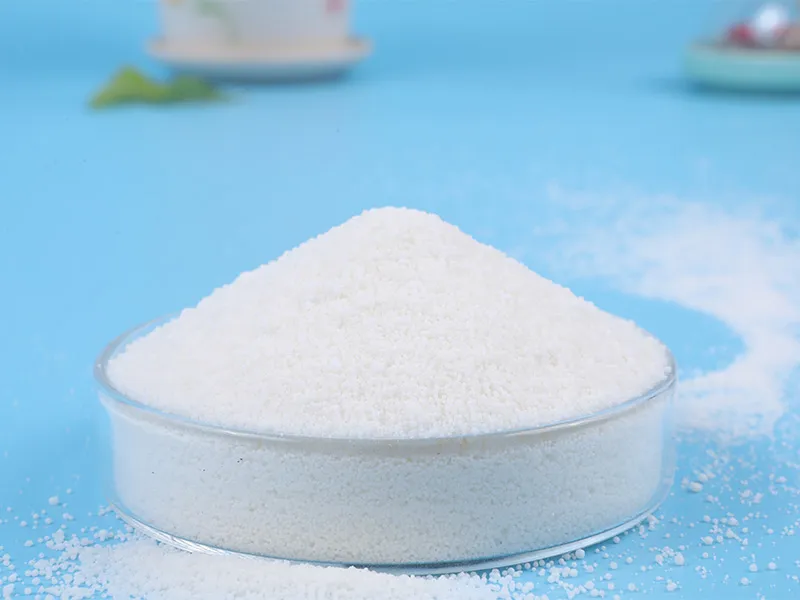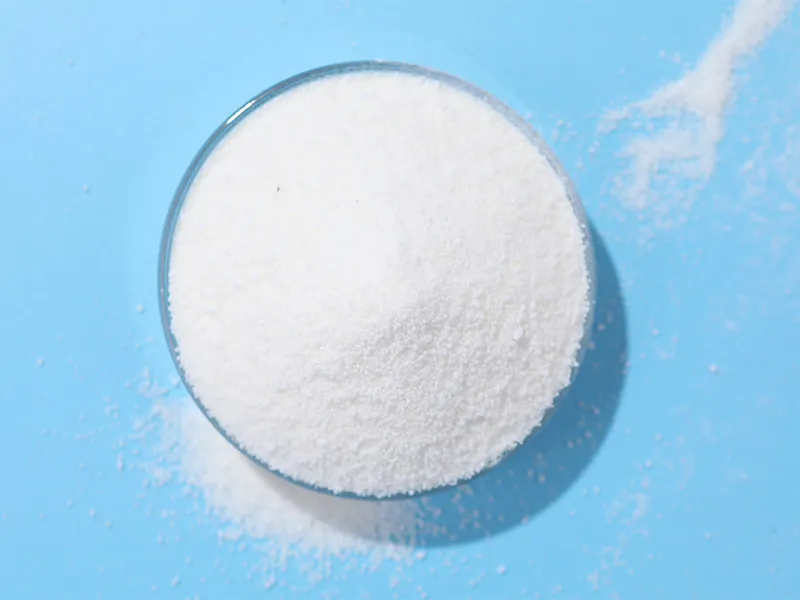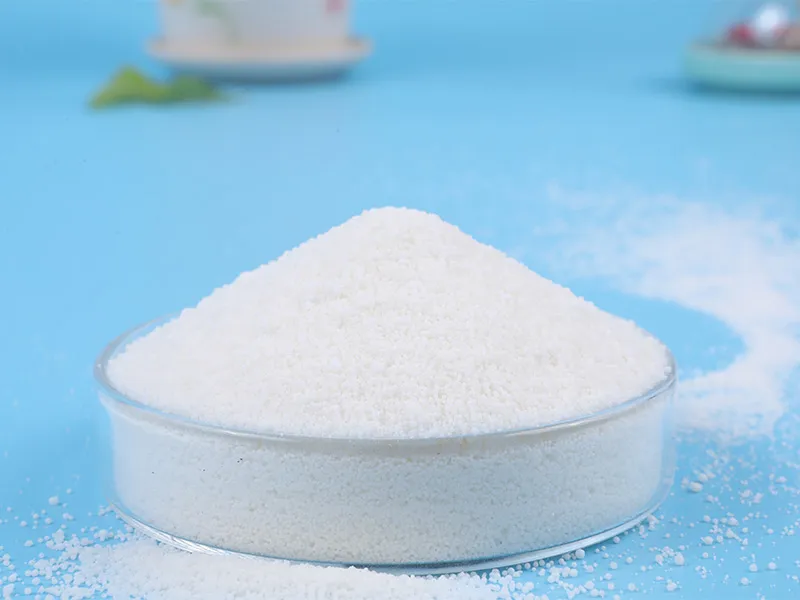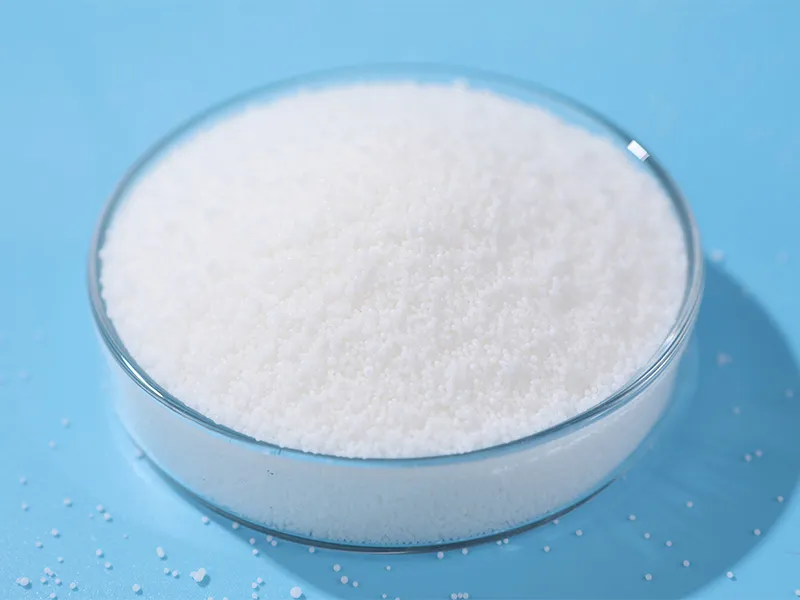
The role of zinc stearate in rubber
2023-03-01 12:00:00
With the development of my country's rubber industry, rubber products have been integrated into all aspects of our lives. From engineering rubber to door and window sealing strips, rubber is inseparable. The rubber product industry is developing rapidly; The diversification of styles and the competition of online and offline products have had a great impact on the operation of rubber product companies. Not only that, but rubber product companies are also facing problems with formula and production technology, which can be said to be difficult.
Below, Hongyuan Xiaobian will explain to you the role of zinc stearate in different rubber products. Zinc stearate is generally used as a melting agent in rubber, and is rarely used as an active agent, because its solubility with rubber is very small, and it is easy to spray on the surface, but many of them are used as foaming agent in peroxide foaming products such as EVA Use, that is, an active agent.
The relative density of zinc stearate is 1.05-1.10, and it is mainly used as active agent and dust removal powder. It can also be used as a release lubricant, plasticizer and softener for natural rubber, synthetic rubber and latex. When zinc stearate is used as an active agent, it can play an acid activation role and improve processing performance. It can be sprayed on the surface or cavity of the product in powder form, or made into an aqueous dispersion and coated on the surface or cavity of the product to prevent film sticking
Zinc stearate is commonly used as a mold release agent. When mixed with chloroprene rubber and chlorosulfonated polyethylene rubber, it is a good lubricant, which can significantly reduce the sticking phenomenon. Generally, the dosage of 1-2% is safe, and the excessive amount is easy to spray out. In addition, it can also reduce the surface gloss of rubber products, that is, it has a certain matting effect. It also has another function. Adding 1-2% during mixing can significantly enhance the fluidity of the compound, that is, the internal rubber fluidity improver, which can significantly reduce defective products due to lack of material in the production of film pressed products.
Search
Categories
Recent News
The role and precautions of calcium stearate in PVC
2023-03-01 12:00:00
The difference between zinc stearate and calcium stearate in use
2023-03-02 11:18:58
The role of zinc stearate in rubber
2023-03-01 12:00:00
The difference between zinc stearate and calcium stearate in use
2023-03-02 11:18:58
The role of zinc stearate in the compound
2023-03-02 11:18:58
Properties and applications of polyethylene wax
2023-03-01 12:00:00
The role and precautions of calcium stearate in PVC
2023-03-02 11:18:58
What are the excellent properties of chlorinated polyethylene?
2023-03-02 11:18:58
How Pvc Stabilizer Can Improve the Performance and Stability of PVC Products.
2023-08-31 14:55:29
Exploring the Excellence of CHNV's Wpc Polymeric Lubricant
2023-10-31 12:00:00
Unveiling the Excellence of Ethylene Bis Stearamide
2023-10-31 12:00:00
WPC polymeric lubricant is a tool for improving efficiency
2023-11-15 16:28:36
Explore the multiple applications of glyceryl monostearate
2023-11-15 16:43:38
Application of ethylene bis stearamide in plastic industry
2023-11-15 17:07:07
Pentyerythritol stearate is a hot ingredient in the industry
2023-11-15 17:26:23
Understanding the Benefits of Wpc Polymeric Lubricant
2024-01-24 11:03:51
The Application of Zinc Stearate in EVA: Enhancing Performance and Durability
2024-12-20 10:24:26
How Ethylene Bis Stearamide Improve the Quality of Plastic Products
2024-01-24 11:43:59
Calcium Stearate: A Versatile Lubricant Additive in Various Industries
2025-1-20 10:24:26
Finding the Premier Best Calcium Stearate Factory Hub
2024-02-07 16:43:16
How Magnesium Stearate Safely Powers Tablet Production: A Procurement Guide
2025-3-20 10:24:26
Custom Magnesium Stearate Company Tailoring for Your Needs
2024-02-07 17:03:57
The Science Behind Industrial WPC Polymeric Lubricant
2024-03-06 14:00:42
Ethylene Bis Stearamide A Versatile Synthetic Compound
2024-03-06 14:16:16
The use and safety of Ethylene Bis Stearamide in food packaging materials
2024-05-07 10:29:19
The Role of Ethylene Bis Stearamide in Manufacturing Processes
2024-08-26 11:10:44
How Ethylene Bis Stearamide Improves Surface Properties in Manufacturing
2024-09-29 13:54:19














